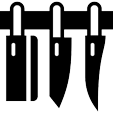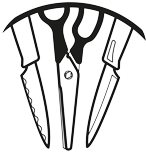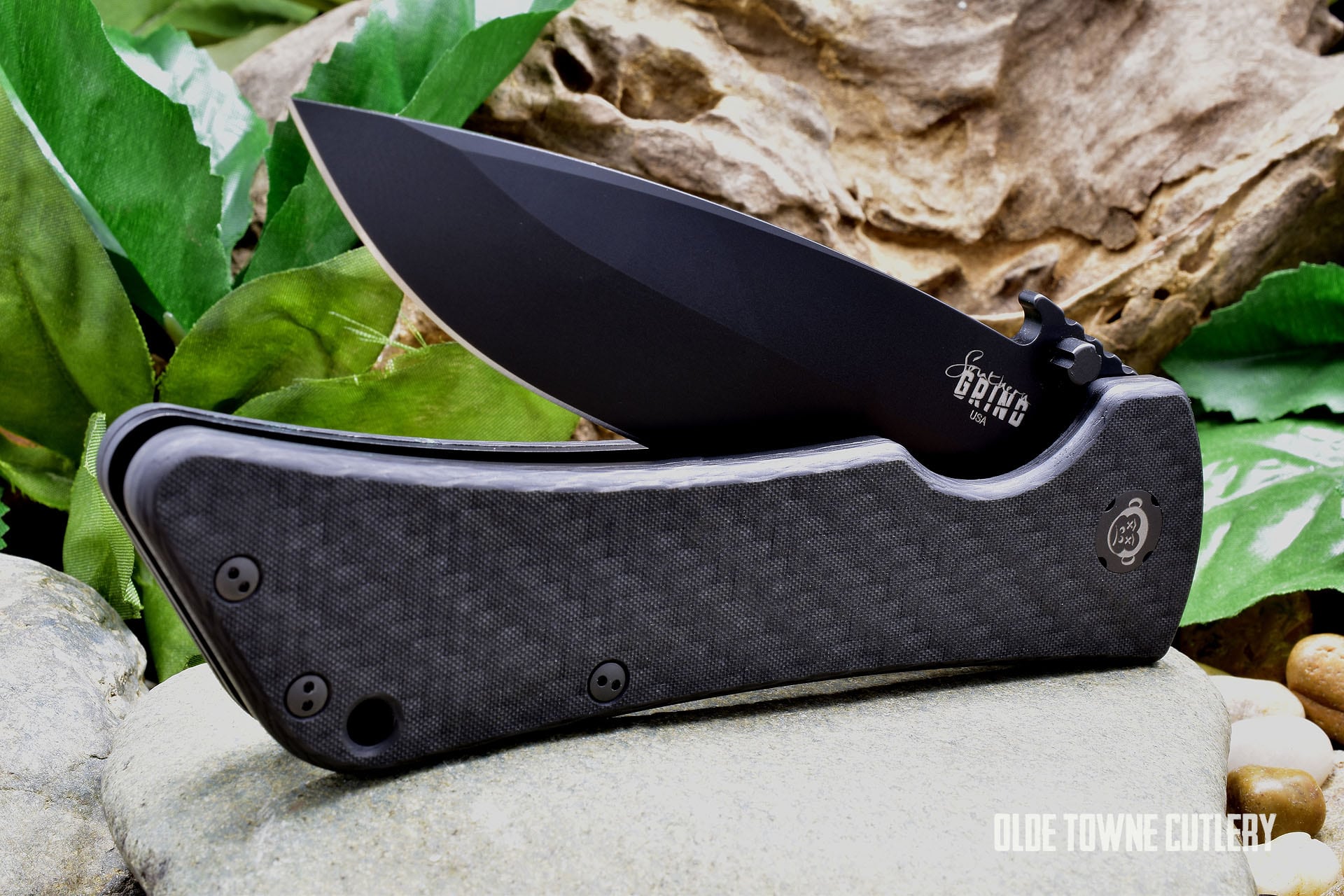Are you searching for the perfect survival knife? Be it for sports or hunting, having the perfect knife and actually understanding every single function can give you the advantage. If you are considering multiple knife models with different locking mechanisms and blade grinds, ensure that you brush up on the basics and then make the right choice based on your unique needs. Here are the most popular types of blade grinds and locking mechanisms.
Blade Grinds
- Flat Grind: This type of blade grind is characterized by the blade’s tapering right from the spine to the cutting edge. Flat grinds are also common known as the V grind owing to the resemblance of the cross section to the alphabet. A variant of the flat grind, known as the chisel grind is commonly used for tactical blades and the chisel round blade is ground only on one side. Owing to the simple one sided design, these blade grinds are very easy to maintain and sharpen.
- Hollow Grind: This type of blade grind is easily the most common variety found in survival knives. It is commonly found in production and customised pieces. A hollow ground blade is defined by its atypical upward edge with grind on both sides. Owing to the thin cutting edge, this blade grind experiences very little drag.
- Concave Grind: This blade grind is very similar to the flat grind with one major difference. Just like the flat grind, this type tapers towards the cutting edge from its spine with the exception of arc tapering in comparison to straight lines.
- Convex Grind: Just like with lenses, convex blade grinds are the opposite of concave grinds. The tapering of the blade traverses from the spine to the edge in an outward curve as opposed to the inward curve of concave grinds. This unique grind was developed by Bill Moran and closely resembles a pumpkin seed when viewed in the cross sectional.
Locking Mechanisms
- Locking Liner: Michael Walker refined the locking liner mechanism in survival knives. The name is derived from the locking mechanism added into the handle liner, a name given to any metal sheet inside the handle. With this locking mechanism, you can open the blade and let the metal sheet flex and butt over the handle base and lock it open. The blade can be unlocked by simply moving the liner to the side and disengaging the lock. What makes the locking liner a popular mechanism in survival knives is that it can be achieved with one hand or even just a thumb, making it quick, easy and hassle-free.
- Axis Lock: This patented locking mechanism has become a popular choice for many manufacturers since its inception. What makes the axis lock a popular choice is its ambidextrous design and a simple mechanism facilitated by a small steel bar that that can move forward and backward across both steel liners in a slot. With the typical axis lock, this bar is known to extend across both sides of liners in the knife and is positions above the rear end of the blade. The axis lock includes two omega style spring on each liner that provide the inertia to engage the tang. This mechanism allows the tang to wedge itself firmly between the Axis bar and the stop pin.
- Lockback: The lockback is inclusive of a spring loaded bar fitted with a tooth towards the end of the blade. Held together with a spring tension, this tooth falls right into a notch carved inside the blade tang and holds it. This lock can be released using the cut out created in the spine of the handle and generally require both hands to unlock or close.
- Frame Lock: This type of locking mechanism is very similar to the liner lock with one exception. One section of the handle flexes over the blade to lock is securely in place.









